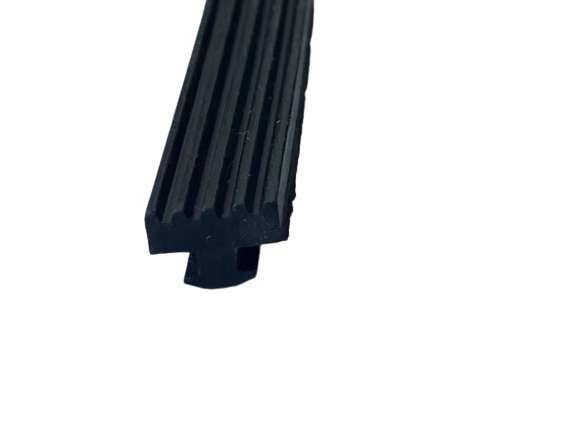Dez . 13, 2024 16:06 Back to list
Sliding Barn Door Bottom Seal for Enhanced Insulation and Draft Protection
The Importance of a Sliding Barn Door Bottom Seal
Sliding barn doors have gained immense popularity in contemporary interior design, offering a rustic yet modern aesthetic that complements various home styles. These doors not only enhance the decor but also provide practicality and space-saving solutions. However, one crucial aspect that often gets overlooked is the bottom seal of a sliding barn door. In this article, we will discuss the importance and benefits of a sliding barn door bottom seal, as well as the different types available on the market.
What is a Bottom Seal?
A bottom seal is a weatherproofing strip or material installed along the bottom edge of a sliding barn door. Its primary purpose is to close the gap between the door and the floor, providing a barrier against drafts, moisture, dirt, insects, and noise. The bottom seal is particularly critical for external barn doors that face the elements, but even interior sliding doors can benefit significantly from this simple addition.
Benefits of Using a Bottom Seal
1. Energy Efficiency One of the main advantages of installing a bottom seal is improved energy efficiency. By sealing the gap at the bottom of the door, you minimize air leaks, which can lead to increased heating or cooling costs. A well-sealed door helps maintain a consistent indoor temperature, reducing the workload on your HVAC system.
2. Moisture Protection For exterior sliding barn doors, a bottom seal acts as a barrier against moisture and rain. This protection is vital in preventing water from seeping inside, which can lead to mold growth and damage to interior furnishings. Even in areas with high humidity levels, a good seal can keep moisture at bay.
3. Pest Control The space under a barn door can be an invitation for insects and rodents to enter your home. A bottom seal closes off this gap, providing an added layer of protection. It can help keep unwanted pests outside where they belong, ensuring a healthier living environment.
4. Dust and Debris Reduction Sliding barn doors often create a gap that can allow dust and debris to blow into your space. A bottom seal minimizes this problem by providing a tight fit against the floor, preventing dirt accumulation inside your home.
sliding barn door bottom seal

5. Noise Reduction The use of a bottom seal can also contribute to soundproofing your living spaces. Whether it’s a family member watching TV or outdoor noises, a sealed door can help reduce the transmission of sound, providing you with a more tranquil environment.
Types of Bottom Seals
When choosing a bottom seal for your sliding barn door, there are several options to consider
1. Rubber Seals These are flexible and durable, making them a popular choice for both indoor and outdoor doors. They provide an excellent barrier against water and air leaks.
2. Brush Seals A brush seal consists of bristles that create a soft barrier. It’s effective for noise reduction and preventing dust, making it ideal for interior doors.
3. Vinyl Seals Vinyl seals are easy to install and offer excellent weather resistance. They are resistant to mold and mildew, making them suitable for humid environments.
4. Adjustable Seals Some seals come with adjustable features, allowing you to customize the height depending on your flooring type and the specific gap of your door.
Conclusion
A sliding barn door bottom seal may seem like a minor detail, but its impact on functionality and comfort is significant. By investing in a quality bottom seal, homeowners can enhance energy efficiency, protect against moisture and pests, reduce noise, and maintain cleanliness in their living spaces. Whether you are choosing a new barn door or looking to upgrade an existing one, do not underestimate the importance of this essential accessory. With the right bottom seal, your sliding barn door can offer both beauty and practicality for years to come.




